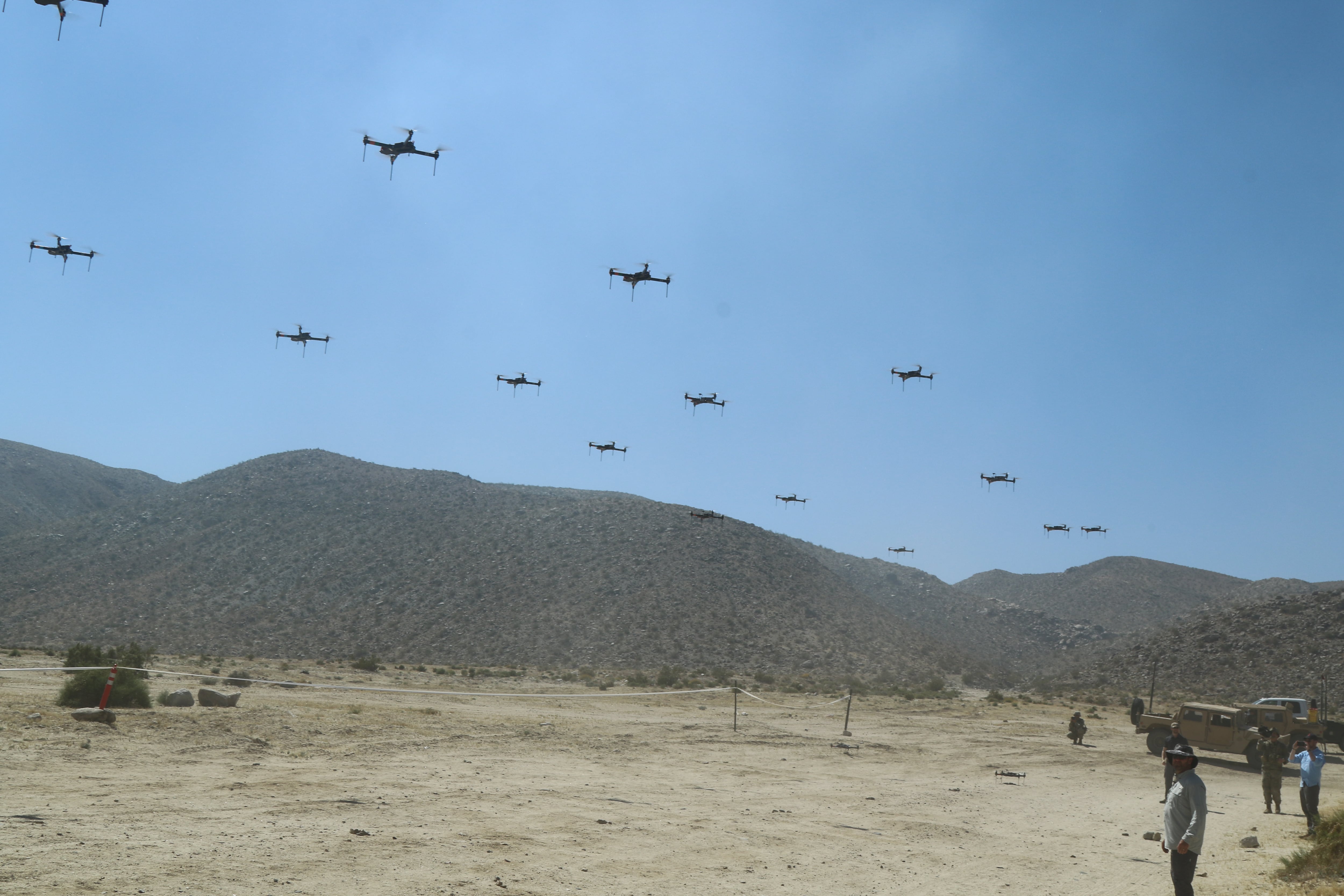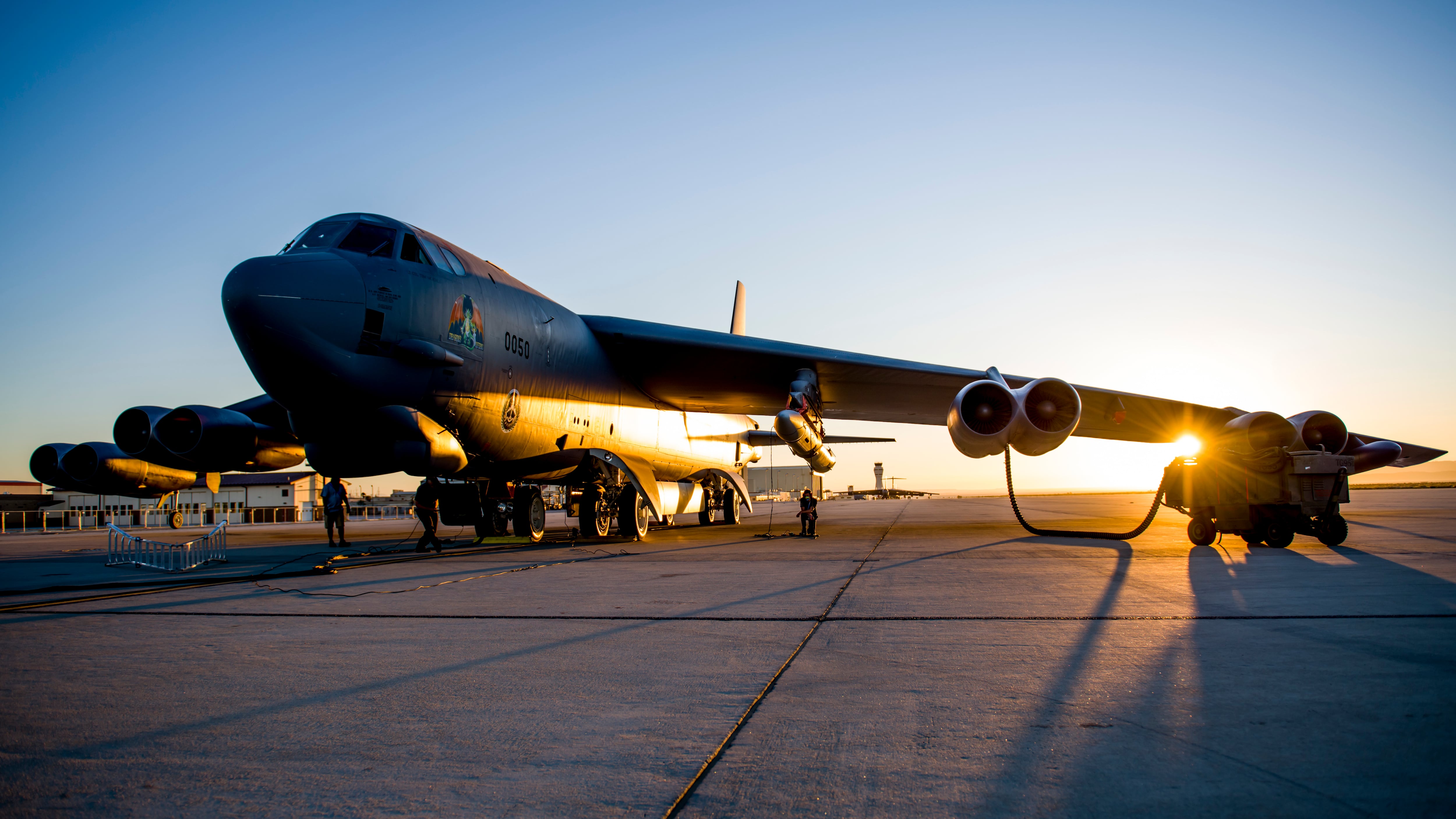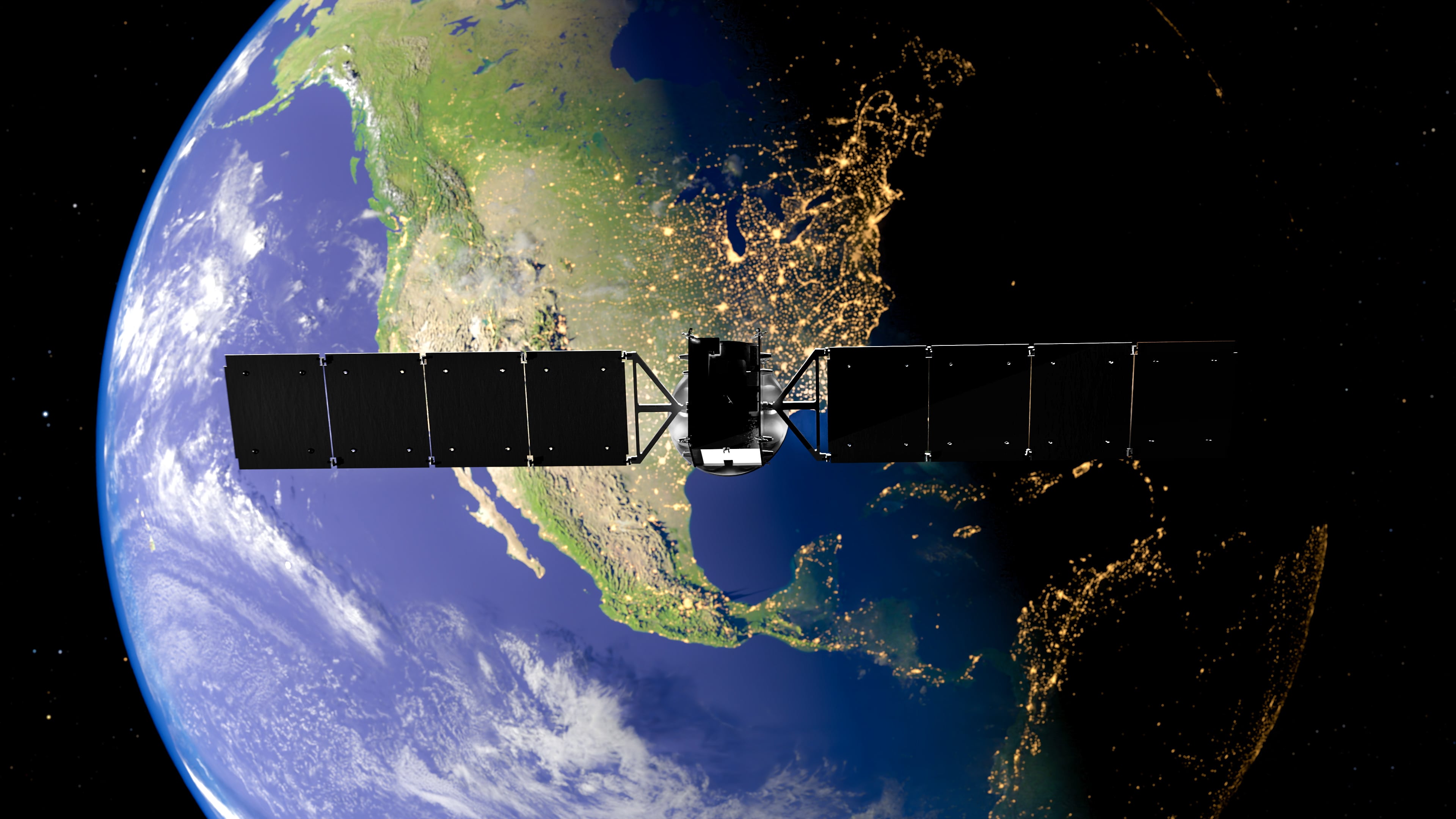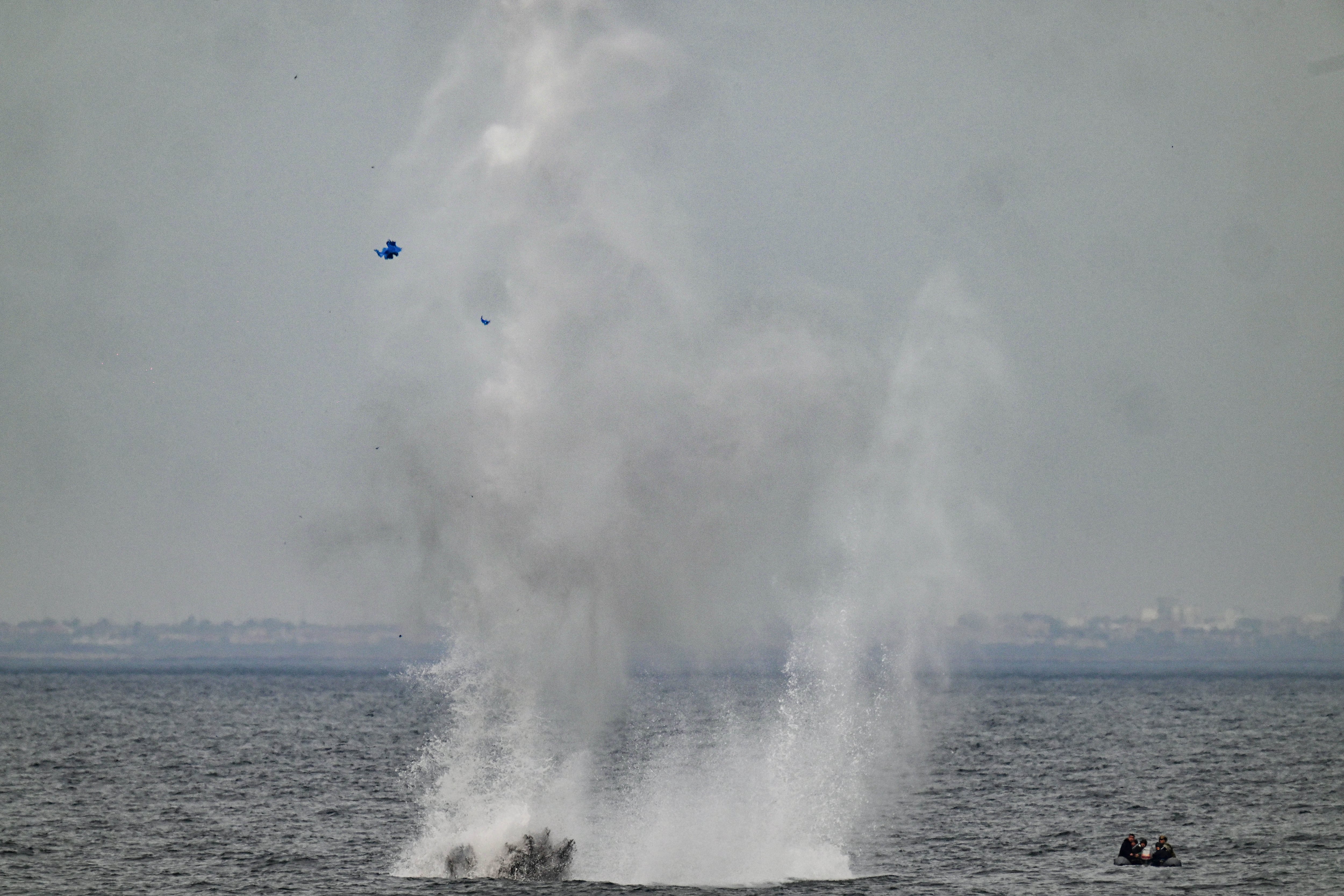WASHINGTON — The U.S. Missile Defense Agency has awarded three contracts to develop preliminary designs for a UAV-based, multi-kilowatt-class laser to demonstrate beam stabilization technology.
Lockheed Martin and General Atomics were chosen to deliver designs in October and November, and Boeing was awarded a contract Dec. 11. Each contract is worth roughly $9 million.
For the past several years, MDA has pursued an incremental directed-energy development path that “involved scaling laser power levels in the laboratory, demonstrating precision tracking from unmanned airborne platforms and investigating the feasibility of operating a multi-kilowatt class laser on an airborne platform,” Lt. Gen. Samuel Greaves, MDA’s director, told Defense News in a statement.
MDA formally began the Low Power Laser Demonstrator program in 2015 when it awarded concept design contracts to five prime integrator companies: Boeing, General Atomics, Lockheed Martin, Northrop Grumman and Raytheon.
[US Army tests laser on Apache helicopter]
Industry concepts were designed to meet MDA requirements and assess the feasibility, schedule and cost of building and testing a laser-equipped demonstrator, Greaves said.
MDA used those designs to help define the requirements for a flight test program, he added.
The demonstrator will consist of a tracking laser, a defensive laser and a beam-control system integrated onto an unmanned aircraft that can fly at high altitudes.
The companies chosen to develop demonstrators will be responsible for selecting an airborne platform and completing an initial design of the lasers and beam-control system, according to Greaves.
“A manned aircraft could be used, but the laser and beam control system must operate from a ground control station to buy down the risk of transitioning to a UAV in the future,” Greaves said.
[Lasers in combat: New Space and Missile Defense commander on what's to come]
The three contractors will develop preliminary designs in the first phase and final designs during the second phase, which is expected to begin in late 2018 and will last for roughly one year. Phase 2 will end with a critical design review.
Timelines are dependent on the results of the phase prior, according to Greaves.
During Phase 3, which may begin in 2019 and wrap up toward the end of 2023 if everything stays on track, one or more designs will be built and flight tested, Greaves said. The phase will culminate in a series of airborne tests that “demonstrate the ability to acquire a missile in flight and hold the laser beam steadily on the target at threat representative ranges,” Greaves said.
“MDA will assess the merits of continued competition at each phase,” he noted.
[Coming in 2021: A laser weapon for fighter jets]
The Low Power Laser Demonstrator program is part of MDA’s efforts to develop and demonstrate directed-energy and laser technologies that could be integrated into the Ballistic Missile Defense System, Greaves said.
“We are actively testing a broad range of potential concepts that could be deployed on a variety of platforms,” he said.
One potential concept, according to Greaves, is exploring a UAV-mounted laser that could destroy intercontinental ballistic missiles in the boost phase at long standoff ranges.
That requires precision tracking and “a highly stable, lightweight, accurately pointed laser beam,” Greaves said.
The low-powered demonstrator is an incremental demonstration of the technologies required to possibly get to those capabilities, he added.
“We are currently testing a number of technologies to determine if this is a viable concept,” Greaves said. “Based on the results of these and other tests, we will work closely with the [Pentagon] and Congress to determine the best way to integrate directed energy and laser sensing into the missile defense system.”
Jen Judson is an award-winning journalist covering land warfare for Defense News. She has also worked for Politico and Inside Defense. She holds a Master of Science degree in journalism from Boston University and a Bachelor of Arts degree from Kenyon College.








